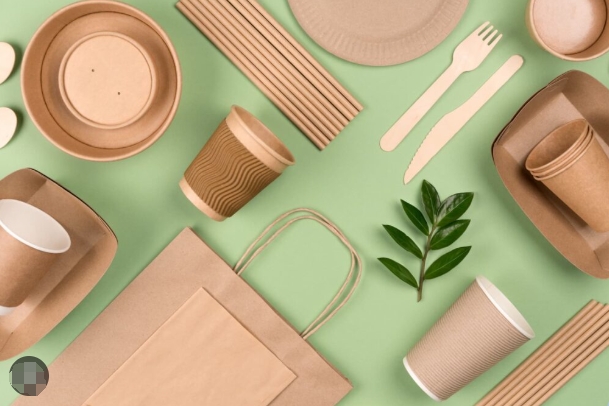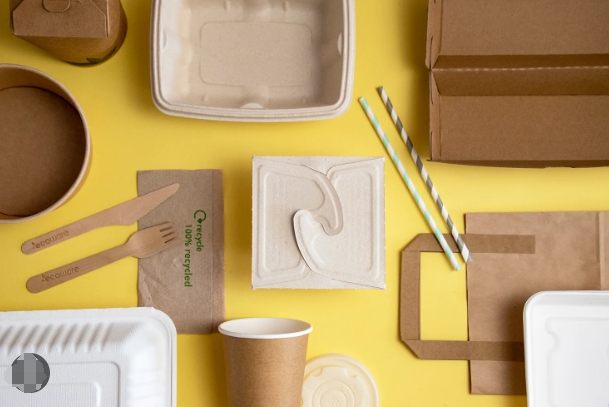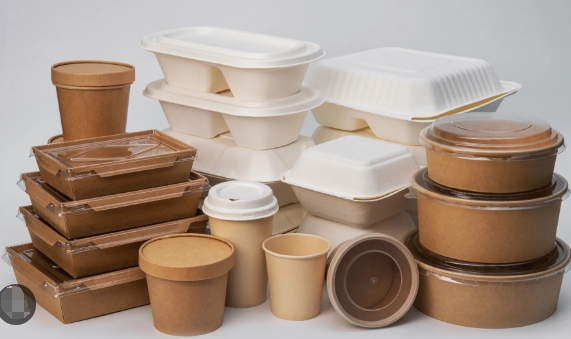
Content Menu
● Understanding Container Boxes and Traditional Packaging
>> What Are Container Boxes?
>> What Defines Traditional Packaging?
● Environmental Comparison: Container Boxes vs Traditional Packaging
>> Sourcing and Material Use
>> Energy Consumption in Manufacturing
>> Reusability and Lifespan
>> Recycling Capacity and Waste Volume
>> Transportation and Logistics Efficiency
● Business and Consumer Implications
>> Sustainability Certifications and Branding
>> Operational Costs
>> Consumer Perception and Behavior
● Forward-Looking Innovations in Eco-Friendly Packaging
>> Smart Packaging Systems
>> Compostable Alternatives
>> Modular Return Systems
● Real-World Applications and Case Examples
● Conclusion
● FAQ
>> 1. What is the main difference between container boxes and traditional packaging?
>> 2. Are container boxes always better for the environment?
>> 3. Are container boxes suitable for all industries?
>> 4. How can companies encourage customers to return reusable containers?
>> 5. Can traditional packaging still be sustainable?
The impact of packaging on the environment is under intense scrutiny as global commerce expands and consumer consciousness shifts toward sustainability. Businesses are now seeking solutions that are cost-effective, functional, and environmentally responsible. In this context, the debate between container boxes and traditional packaging takes center stage. This article explores the ecological implications of both types of packaging, diving deep into materials, lifecycle analysis, and future opportunities for greener logistics.

Understanding Container Boxes and Traditional Packaging
What Are Container Boxes?
Container boxes refer to durable, reusable packaging systems that are designed primarily for safe and repeated usage during shipping or storage. Typically crafted from recyclable or robust materials like corrugated cardboard, heavy-duty plastic, or lightweight metals, these containers are engineered for structural integrity.
Notable Features Include:
- High durability: Designed to survive multiple shipment cycles without damage.
- Standardized design: Ensures efficient stacking, loading, and unloading.
- Reduced waste generation: Their reusability makes them more eco-friendly.
- Recyclability: Often built from easily recyclable or biodegradable materials.
What Defines Traditional Packaging?
Traditional packaging refers to single-use materials that serve one shipping or retail cycle before being discarded. Items like shrink wrap, foam pellets, air cushions, plastic films, and decorative retail boxes fall into this category.
Common Traits:
- Single-use intent: Generally used once and then disposed of.
- Aesthetic emphasis: Focus on visual branding for marketing.
- Limited recyclability: Often made from composites, making sorting and recycling difficult.
- High production volume: Mass-produced for short-term use and immediate disposal.
Environmental Comparison: Container Boxes vs Traditional Packaging
Sourcing and Material Use
Container Boxes:
Typically made from responsibly sourced or recycled content like post-consumer cardboard or reusable plastics. By minimizing reliance on virgin materials, they promote circular use of existing resources.
Traditional Packaging:
Often manufactured using mixed materials, some of which are petroleum-based or non-renewable. Excessive use of dyes, foils, and layering can further reduce recyclability and increase the carbon load.
Energy Consumption in Manufacturing
Container Boxes:
These require more energy upfront due to their robust nature, but the long service life and reusability quickly justify the energy expenditure over multiple uses.
Traditional Packaging:
Generally faster and cheaper to produce, but lack of reusability means energy is constantly re-invested to create new units, contributing to cumulative environmental degradation.
Reusability and Lifespan
Container Boxes:
Can be reused many times before retiring, and even then, materials can often be repurposed into secondary products. Industrial systems enable containers to circulate hundreds of times with minimal degradation.
Traditional Packaging:
Typically designed for one-time use, then discarded. Some items are difficult to clean, contain food residue, or are simply impractical to collect, severely limiting reuse potential.
Recycling Capacity and Waste Volume
Container Boxes:
Engineered with recycling in mind. Simpler composition allows for easier sorting and efficient processing after disposal. Their longer use cycle helps reduce total packaging waste.
Traditional Packaging:
Multi-layered structures are difficult to separate and recycle. As a result, large volumes of this waste are sent to landfills or incinerated, creating harmful byproducts like microplastics or toxic gases.
Transportation and Logistics Efficiency
Container Boxes:
Uniform shapes and stackable designs make them better suited for optimized loading and space utilization. Fewer shipments are needed, and protective strength lowers product damage, resulting in fewer replacements.
Traditional Packaging:
Lower weight may seem advantageous, but fragility requires added buffering materials. Odd shapes or unstable loads reduce packing density, leading to more trips and higher fuel consumption.

Business and Consumer Implications
Sustainability Certifications and Branding
Organizations using reusable packaging solutions can obtain green certifications that boost consumer confidence. Container boxes align more effectively with environmental compliance frameworks and reduce legal exposure to packaging taxes or regulation.
Operational Costs
Initial investment in containers is higher, but over time, the reduction in unit packaging costs, return processing systems, and waste management fees can present major cost savings. Businesses also benefit from streamlined logistics and inventory tracking through barcoding and RFID tagging.
Consumer Perception and Behavior
A growing share of consumers seeks products with low environmental footprints. Brands using cleaner, reusable packaging systems signal commitment to larger sustainability goals, increasing customer loyalty and perceived value.
Forward-Looking Innovations in Eco-Friendly Packaging
Smart Packaging Systems
Digital tools such as QR codes, trackers, and mobile apps are now being embedded into containers to monitor usage patterns, return cycles, and environmental impact over time.
Compostable Alternatives
For items that still require single-use designs, biodegradable packaging materials created from starch, algae, or even mushrooms are gaining traction. These naturally decompose without harming the environment, offering a viable alternative to petroleum-based options.
Modular Return Systems
Circular logistics frameworks allowing customers to return containers for refill or re-supply are growing. Examples include grocery deliveries in reusable totes or electronics shipped in modular containers that are collected post-delivery.
Real-World Applications and Case Examples
Across sectors—from food delivery and retail e-commerce to pharmaceutical and industrial logistics—container boxes are being recognized not just for sustainability, but also for their superior performance and customer satisfaction. Subscription services and local cooperatives are among the early adopters championing reusable packaging logistics, systematically phasing out wasteful packaging.
Conclusion
The global need for environmentally conscious practices is undeniable, and packaging is a vital part of this conversation. After comparing container boxes with traditional packaging across multiple dimensions—raw materials, energy use, reusability, consumer alignment, and recyclability—it becomes evident that container boxes present a compelling solution for a sustainable future.
While the transition may involve upfront investments and workflow redesign, the long-term benefits to both businesses and the planet are substantial. The key lies in embracing circular design, leveraging technology, and educating stakeholders throughout the value chain.

FAQ
1. What is the main difference between container boxes and traditional packaging?
Container boxes are built for multiple uses and are typically more durable and sustainable, while traditional packaging is usually single-use and harder to recycle due to its mixed materials.
2. Are container boxes always better for the environment?
Generally, yes—especially when used across many cycles. Their design allows businesses to store, ship, and recollect without producing waste with each shipment. However, effectiveness also depends on proper reuse and return infrastructure.
3. Are container boxes suitable for all industries?
Most, but not all. Container boxes work well in logistics-heavy industries like manufacturing, e-commerce, subscription services, and food delivery. Some highly specialized items may still require tailored traditional packaging.
4. How can companies encourage customers to return reusable containers?
Incentive programs, deposit-return schemes, and simplified pickup/drop-off points can increase participation. Clear communication and education also play a key role in success.
5. Can traditional packaging still be sustainable?
Yes, if designed with eco-friendly materials like recycled paper and compostables, and kept simple without excessive finishes or lamination. However, the sustainability potential is still limited compared to high-cycle, reusable containers.

















